Citizen control system, powerful robots, independent drones and other Toshiba technologies.

Toshiba's headquarters tower is located in Minato, one of Tokyo's specialized districts, which is the site of an old, pre-industrial city. The signature skyscraper stands alone, and some of its windows look straight out onto Tokyo Bay. We cannot say for sure whether Mr. Satoshi Tsunakawa (Toshiba's chief executive) pours tea for himself in person when he looks at the calm waters of the bay, or whether robots do it for him. Didn't you know? Japan is the world's center for robotics. And while investors are fighting among themselves for the structural division of Toshiba, which produces flash memory, the corporation continues to engage in current affairs and developments.
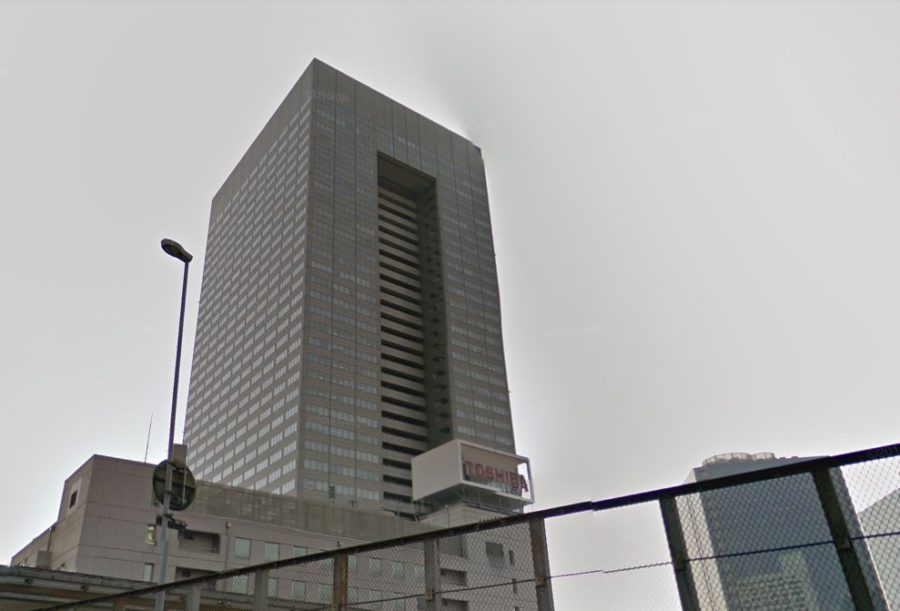
What is going on in this skyscraper at the end of 2017 from the birth of Christ?
Robopsychology in Japanese
The modern world trend is the replacement of human labor with automated production. Wherever possible, a human worker is replaced by an automatic machine. The machine does not need to pay wages, pay out insurance and retire. Nor does he complain about mistreatment by the management. For capital, this is like a balm for the soul, and for other people, it is the first alarm bell warning of the coming changes. Toshiba approached this issue with an invention, deciding to combine the work of a man and a robot.
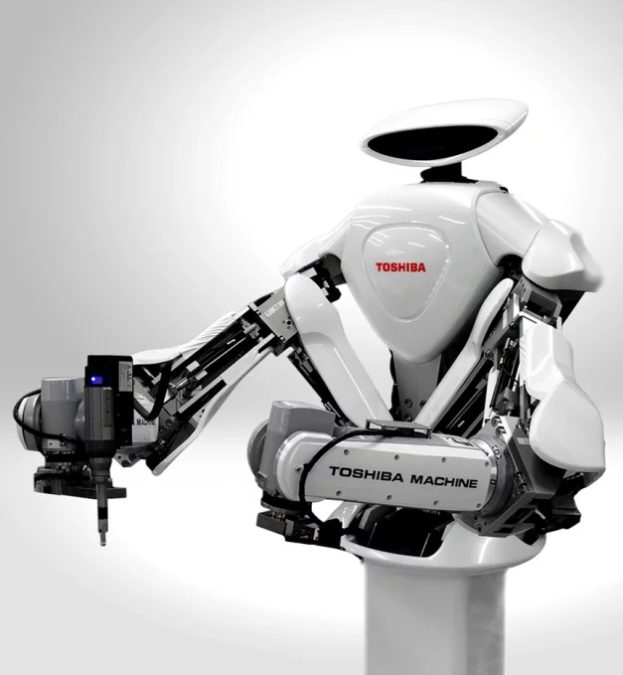
Hiromasa Takahashi, Chief Specialist at the Corporate Manufacturing and Engineering Center, says: “We increasingly take robots for granted. Robots on production lines are old history, as is the synthesized 'hello' of vending machines that consumers in Japan hear. The robots have surrounded us on all sides and will not go anywhere. While humans have stopped in their development, robots continue to evolve, they no longer resemble those slow and heavy structures that were only a few years ago. In the very near future, the most acute question will arise how to peacefully coexist between man and robot. Today's robots perform routine tasks based on preprogrammed protocols. This will change, AI technology will give machines stronger cognitive abilities, and I have no doubt that robots will be able to do non-standard work. In the course of their non-standard work, they will have to work together with people, and people should be comfortable. '
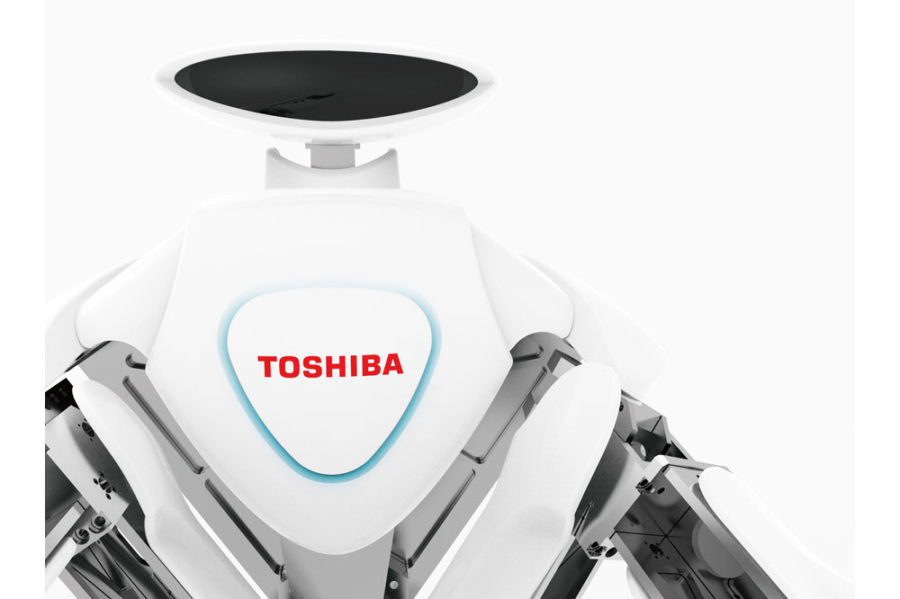
Generally, the larger the load capacity of the robot, the larger it is. By increasing its payload, you get a larger machine that tends to scare people. Mr. Takahashi has formulated three principles of design, by following which one can achieve feedback, a reaction of trust and a liking for the robot. It:
– Nice-looking robot contours (in orig. – gentle, smooth contours)
– Calm colors
– Dynamic details (meaning humanoid articulations and gestures)
At first glance, everything is clear, the robot is made of white plastic, all the details are round and smooth. In the process, the inscription 'Toshiba' on the chest of the robot is illuminated by blue LEDs, which, according to the creators, should soothe and make the robot look like a superhero. The 'head' of the robot moves in a completely human way, doing unnecessary work, which, nevertheless, should also calm the workers.
Video of the early prototype from February 2017
The development of Mr. Takahashi's robot is progressing rapidly, and very soon it will appear in production and in the price list of Toshiba. He is a big guy, 2 meters high and 70 cm wide (at the shoulders), which fully corresponds to the 'human' dimensions of the worker. A sophisticated system of hydraulic and electrical drives allows him to handle parts weighing up to 100 kg with high accuracy, provided that both hands are used.
In Japanese films, there are often scenes showing how yakuza (Japanese bandits) break into production and destroy everything there, forcing the owner to 'cooperate'. In the world of the future, such a scene is impossible, and it’s scary to think how a bandit and a soldering iron in a robot’s hand will combine at such a meeting, if Japanese engineers forget to put the first law of robotics in its firmware (a robot cannot harm a person or, by its inaction, allow a person to be harm).
Friends, are robots scaring you? How important is their appearance to you?
Face recognition technology
It would seem, what could be in common between Toshiba and a Sberbank ATM in the Moscow branch on Kutuzovsky Prospekt? And, nevertheless, it was in this ATM that the Russian company RecFaces implemented Toshiba recognition technologies, embodying them in the universal Id-Me platform.
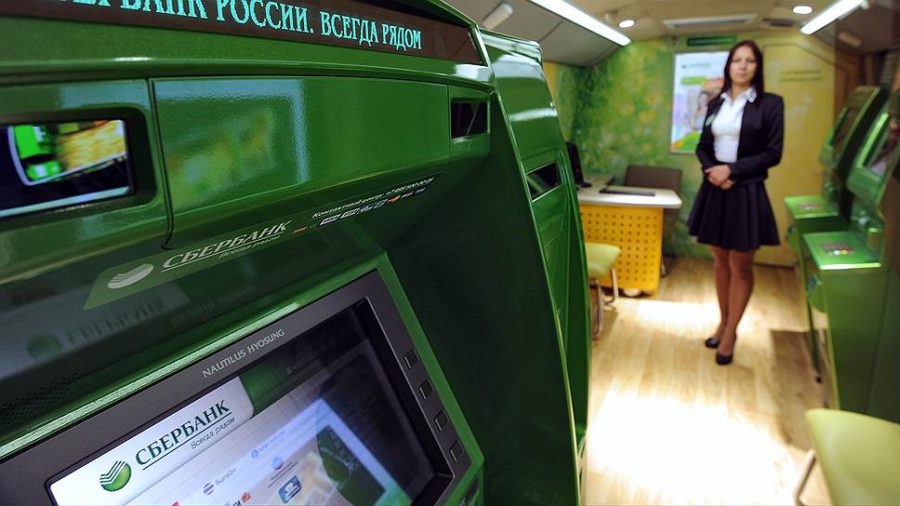
Photo Lenta.Ru
Before working with such an ATM, a client needs to 'digitize' his face in a bank branch, after which a full range of services is opened for him. The algorithm is designed for face recognition in difficult conditions, such as twilight, beard and canned glasses. The ATM will operate in test mode until the end of 2017, after which a decision will be made to expand the network or abandon the technology. The question involuntarily arises whether Sberbank will intentionally or accidentally trade your face when working with the same ATMs of partner banks.
Object recognition based on the analysis of their topology
MICHI & CO LTD 'Open Nail' project has not yet arrived in Russia, and therefore Russian fashionistas have not yet realized what they have been deprived of all this time. Using Toshiba technology, the company manufactures equipment for beauty salons. A 3D scanner 'digitizes' the client's brushes, and a 3D printer prints false nails that fit perfectly into place.
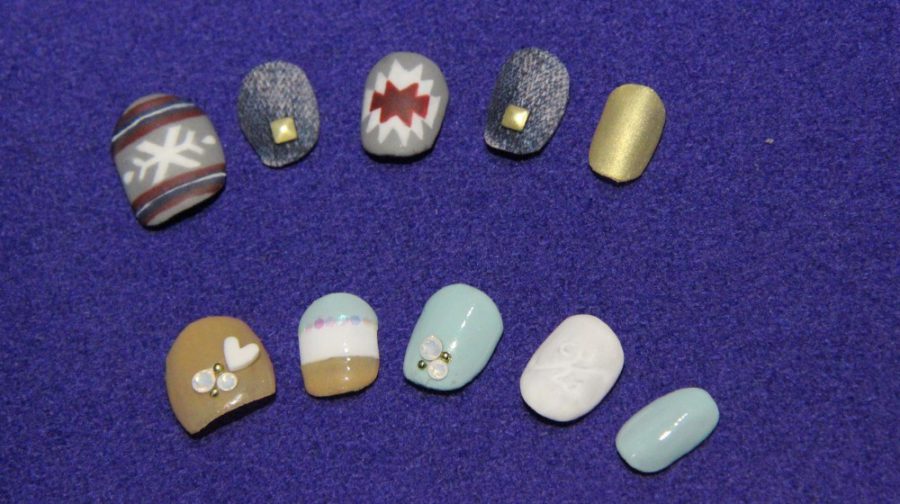
It would seem a kind of trifle, but meanwhile experts talk about the size of the market for such nails at 1.8 billion US dollars. Project founders Keiko Teraoka, Kyoko Nakamura and Yasuko Chigira promise to complete the development of the equipment by the end of 2017. Apparently, then it will become available for foreign business.
But this is only the first stage, in the future the ladies are planning to print integrated circuits and LCD screens in false nails. Imagination draws a mobile phone that is always with you. Common sense opposes the very idea of talking to your own hand. What do you think about this?
Automatic flying drones
Nowadays, all over the world, power lines are regularly inspected by experienced workers. This is done in order to timely detect malfunctions that can lead to large financial losses for energy supply companies. And if on the plain it is quite easy to do this, then in the mountainous regions it becomes a real problem. It is quite logical to use drones for this with a set of cameras and communication with a remote server (or with an offline base) to compare the reference state of the structure and the actual state.
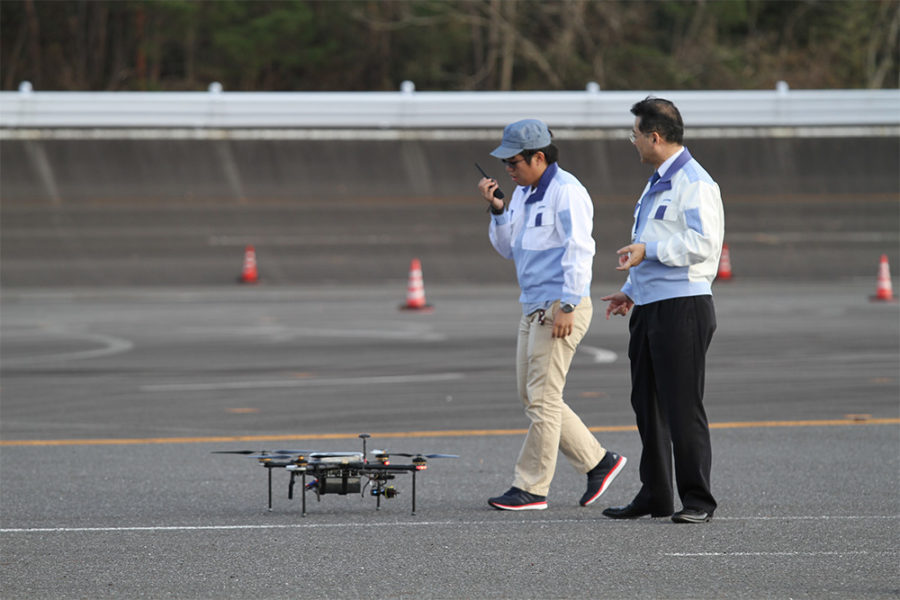
A joint project of Toshiba and Alpine is designed to solve this problem. Alpine deals with autopilot software, Toshiba – with recognition system and AI data processing. Ideally, such a drone, on a schedule, starts from the take-off site, flies around the area entrusted to it, and returns to base. The finished product is promised to be provided in 2018, soon. The drone market will increase 10 times by 2020, and such a useful application is good news.
Japanese all-seeing eye
Many films feature an artistic image of a global surveillance system that includes millions of cameras and a data center. With the help of such systems, CIA agents can easily find people, even if only for a moment caught in the field of view of the lens. Until now, these were only stories for specialists and 'wishlist' for special services. And in 2017, it turns out that Toshiba is already at the final stage of testing such a system. There is no information about this in the public domain, but the potential of the system can be assessed by the video from 2016:
The system can find not only a specific person, but also his companion. Show the places where they met and build a communication chain of the object.
Already many copies have been broken on the subject of how such systems will change the world. Toshiba's goals are standard – citizen security and the fight against crime. How long do you think it will take before the intelligence services break into the control center and take the system for themselves? Or maybe Toshiba already enlisted their support at the very beginning of development? From the available material it becomes clear that the main basis of the system is the matching algorithms, i.e. BY. This makes the issue of deploying a global tracking system for the entire population of the planet highly technical.
Instead of a conclusion
You can talk about Toshiba for a long time. Among the developments that the company is working on, there are new generation Li-Ion batteries for electric cars (charging in 6 minutes), and autopilot for vehicles, and crowd control in public places, and much more. Against this background, even a complete loss of production of electronic storage does not look critical. At the same time, it should be noted that some of its developments are ambiguous and can change the world beyond recognition. And there is still a hope that the company will still make a smartphone for the Russian market, something like the Toshiba Portege G910.
